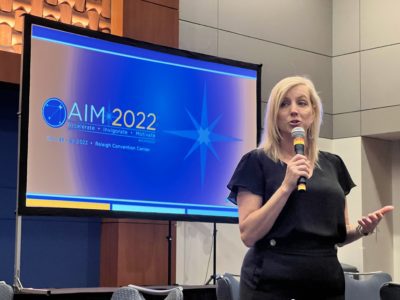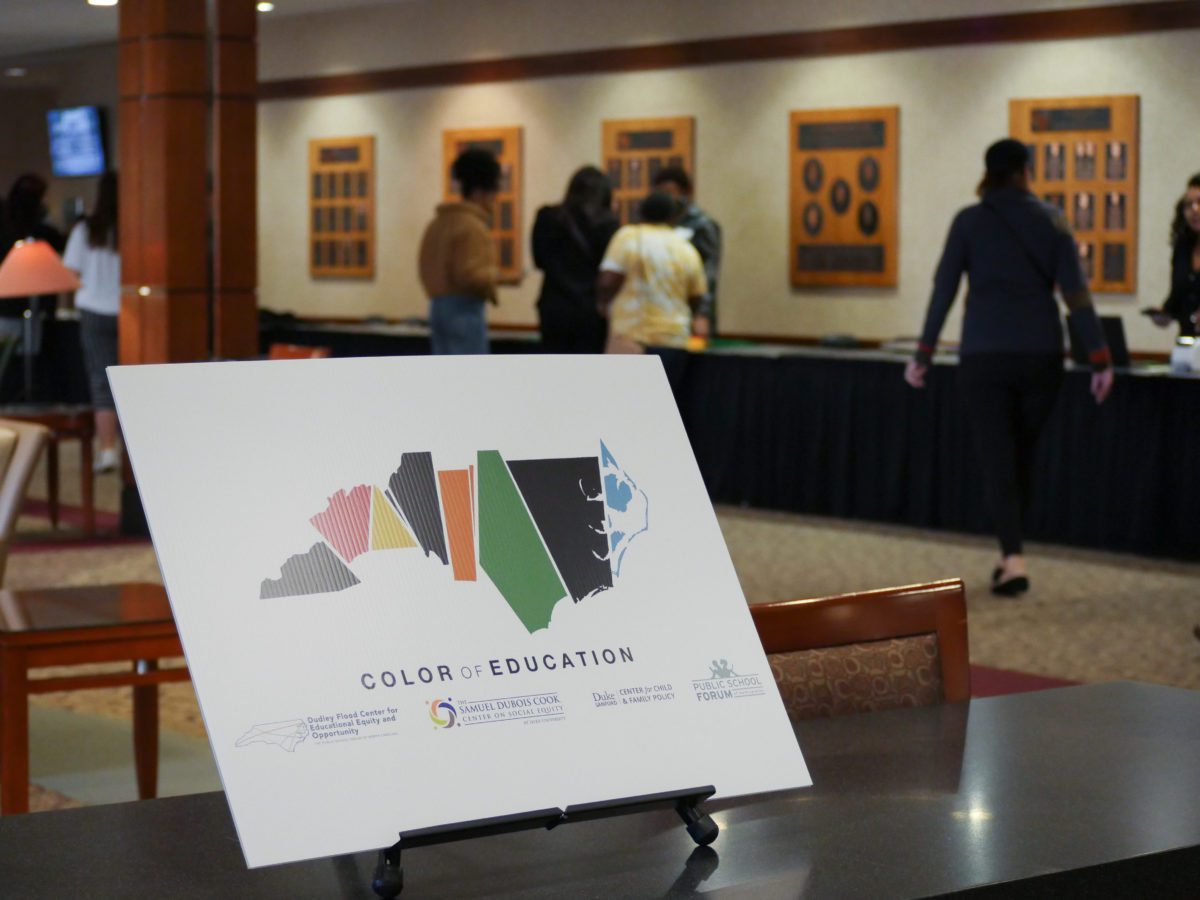

|
|
If we’re open to it, history can immunize society from reliving the pain of past struggles. That’s what Jelani Cobb told a gathering at this year’s Color of Education Summit.
The trouble for America, the dean of Columbia University’s journalism school said, isn’t that its history is so relatively short.
“But we’ve spent a great deal of that history, that small amount of time, avoiding the history that we have,” he said. “So we know very little, and what we do know doesn’t tell us the entire story.”
The history we tell, as he sees it, is selective — resembling a resume more than a factual archive.
“When you think about it, (on) a resume you put everything on there that is virtuous about you, and nothing that is bad,” he said.
That misses the mark, Cobb said, because the real value of history is in its study of who we have been and what we have done.
“And so in focusing on simply the tale of glory, in which we were conceived in greatness and have only gotten greater since, we deny the essential utility of history in the first place,” he said. “Which is to say: What is the point?”
That was the message of the day, when about 1,000 people gathered in person and virtually at the event, co-hosted by the Dudley Flood Center for Educational Equity & Opportunity at the Public School Forum. This was the fifth annual Color of Education, a summit that seeks to bridge research, policy, and practice in the interest of advancing student access and opportunity.
“And it brings us all together to have the conversations that we need to have around race and educational equity for every student,” Flood Center Senior Director Deanna Townsend-Smith said. “It is important for us to know our history, so that we can continue to move forward.”
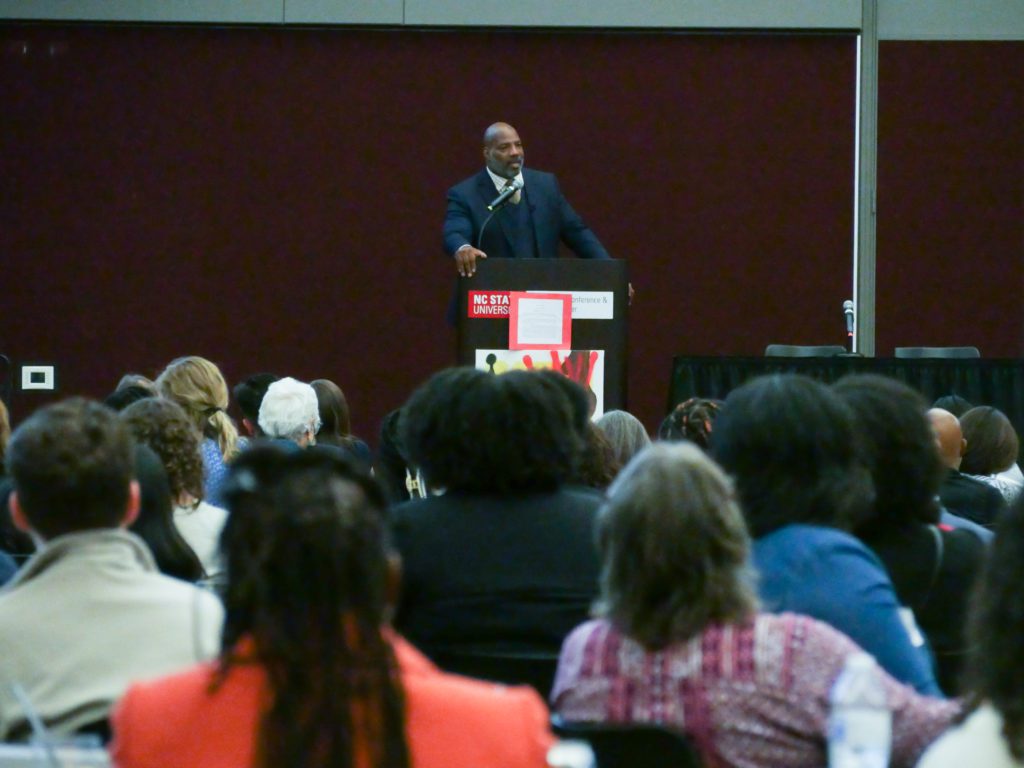

A walk through founding and the Civil War
Cobb talked about the many ways slavery has shaped the United States – literally and figuratively. He wondered about heroic narratives around the additions of Florida, Texas, California, Missouri, and Maine to the nation. Each of these states’ inclusion, he said, is rooted in attempts to preserve slavery.
Yet, the “lost cause” narrative persists in history book chapters on the Civil War.
James E. Ford, director of the Center for Racial Equity in Education, took attendees down that walk through history during a lunch keynote. Ford recounted efforts by the United Daughters of the Confederacy, who formed chapters after the Civil War and “disrupted any narrative that fell out of step with the traditional idea that this was a noble pursuit.”
“They created their own material (and), as a matter of fact, they scoured through the textbooks at the local school district level, and when they found a narrative that was out of step with that ‘lost cause’ idea, you know what they did?” he said. “They stormed the local school boards.”
“Sound familiar?” said Ford’s co-presenter Letha Muhammad, executive director of the Education Justice Alliance.
A walk through civil rights
Cobb took attendees back to the days leading up to the U.S. Supreme Court’s landmark decision in Brown v. Board of Education. “Separate but equal” was law before that case in 1954, but lead attorney Thurgood Marshall proved that the educational resources and opportunities were not equal. Introducing findings from the Doll Test, he showed that segregation had a mental toll on students of color that it wasn’t having on white students.
“To separate (African-American children) from others of similar age and qualifications solely because of their race generates a feeling of inferiority as to their status in the community that may affect their hearts and minds in a way unlikely ever to be undone,” the Court reasoned, in part citing the Doll Tests.
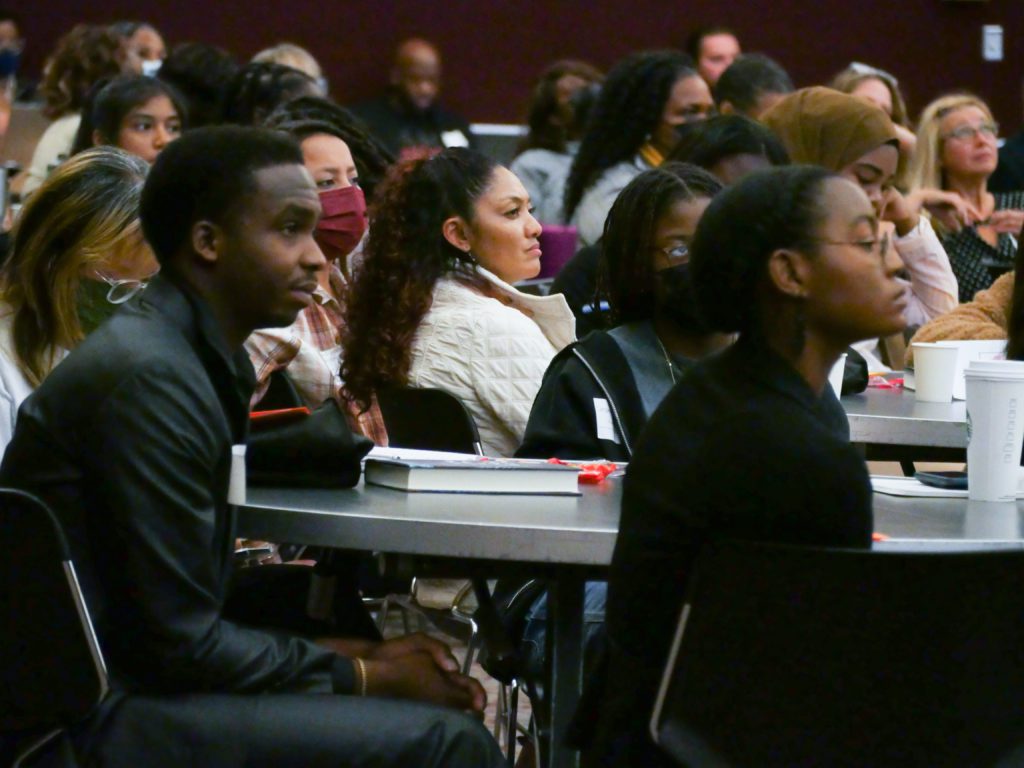

Inspired by Brown, a young man from Pittsburgh later went to law school. He wrote to Marshall, calling him an inspiration. Marshall hired him after he graduated and had him file cases throughout the South in response to states dragging their feet on desegregation. These cases helped form the basis for Brown II in 1955.
The young man went on to become a law professor, proud of his work’s impact on both a Supreme Court decision and the passage of the Civil Rights Act in the next decade. But something troubled him.
“I see so much of the same things, I see the very things that I was fighting before,” Cobb said, channeling the young man’s recorded thoughts.
So, Cobb told the attendees, the young man began a set of inquiries trying to understand how white supremacy could reassert itself despite legal and legislative attempts to curtail its power.
The young man’s name was Derek Bell, and his set of inquiries became known as critical race theory.
A walk through the present
Last year, the General Assembly passed a bill that would place restrictions on how history is taught in public schools. Gov. Roy Cooper vetoed the bill, H.B. 324, and the legislature didn’t have the votes to override. After Tuesday’s election, Cooper’s veto protection is down to a single vote in the state House.
The hallmark of the bill, which resembles dozens of bills introduced in state legislatures across the country, prohibits teaching any history that might cause students to feel guilt or discomfort because of their race. Critics said these bills stunt critical study of historical racism out of fear that it will harm white students.
That’s ironic to Cobb.
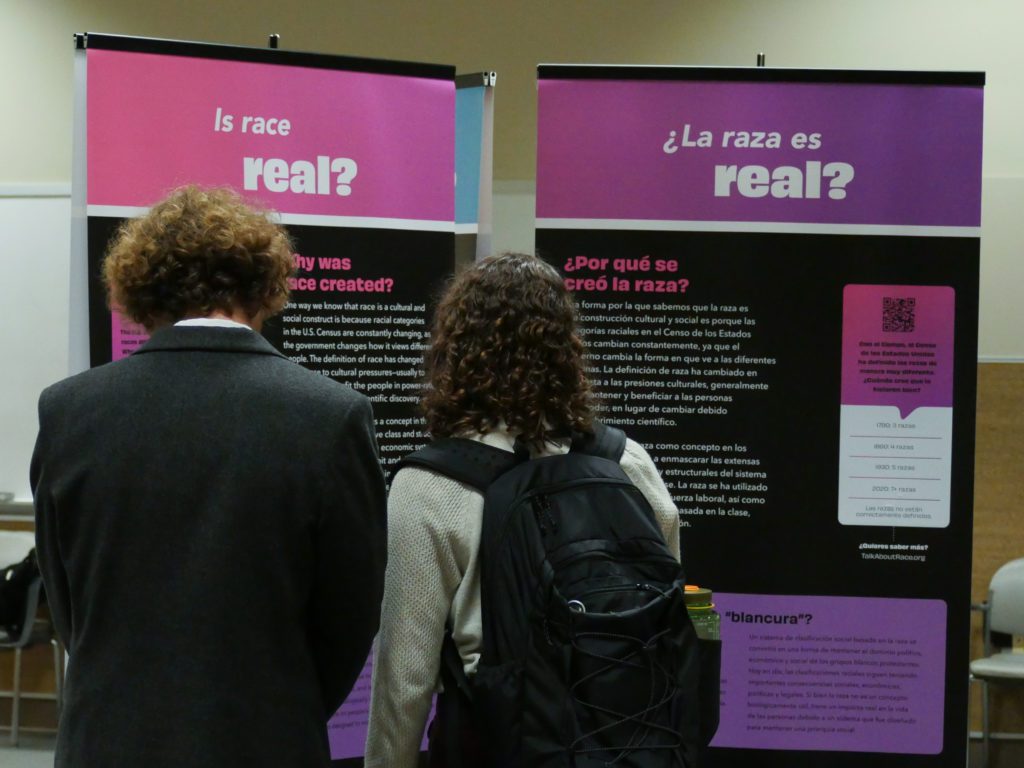

“We have this Doll Test, which says segregation was psychologically damaging to Black children and therefore had to be struck down,” Cobb said. “(Now) we are seeing state after state, legislature after legislature, political leader after political leader stand in front of a podium, pound the podium, and advocate for the total ban of critical race theory on the basis of the idea that teaching white children about segregation is psychologically damaging to them.
“We are in the upside-down world where the efforts to alleviate psychological injury to Black children are irrelevant in the false, absurd, and ridiculous attempt to shield white children from knowledge of the actual history of the society.”
Cobb returned to where his talk began.
“We are not capable of immunizing ourselves in the worst of our past behavior to prevent ourselves from doing it again,” he said.
A walk through the future
Before the summit ended with a call to action, students took the stage to present on James Baldwin’s “A Talk To Teachers.” The students urged educators in the room to teach them history – all of it. One student, Tia Hilber, a junior at Orange High School, gave her own talk: “A Talk to Teachers: Why I Need You to Be Brave.”
“Educators and teachers play one of the most important roles in promoting inclusivity and diversity within the history taught in schools,” Hilber said. “And to do so they must be willing to push through the controversy and fight for what is right.“
Closing keynote speaker Vanessa Siddle Walker built on that call for bravery. Siddle Walker, the Samuel Candler Dobbs professor of educational studies at Emory University and a researcher of segregated schooling, talked about some of the unintended consequences of desegregation.
After touching on the loss of jobs for educators of color, she talked about the dismantling of grassroots organization. Teacher associations for educators of color dissolved, and with it the structure that supported much of the work that secured the Brown decision.
Siddle Walker pointed to three things that helped build that structure: conviction, organization, and strategy. Townsend-Smith said the Flood Center is planning its next phase of this work to help put Siddle Walker’s words into action. That step is important, Siddle Walker said, because while learning from history is healing, little changes without action.
“I hope you will take on your work in ways that will make the historical writing of this moment be the one that says we showed up,” she said. “That we did our part. I hope you’ll write it in a way that the generations who came before us, if they could see, would look upon us and say, ‘You got it. You carried the work into another generation. We’re proud of you.’”



